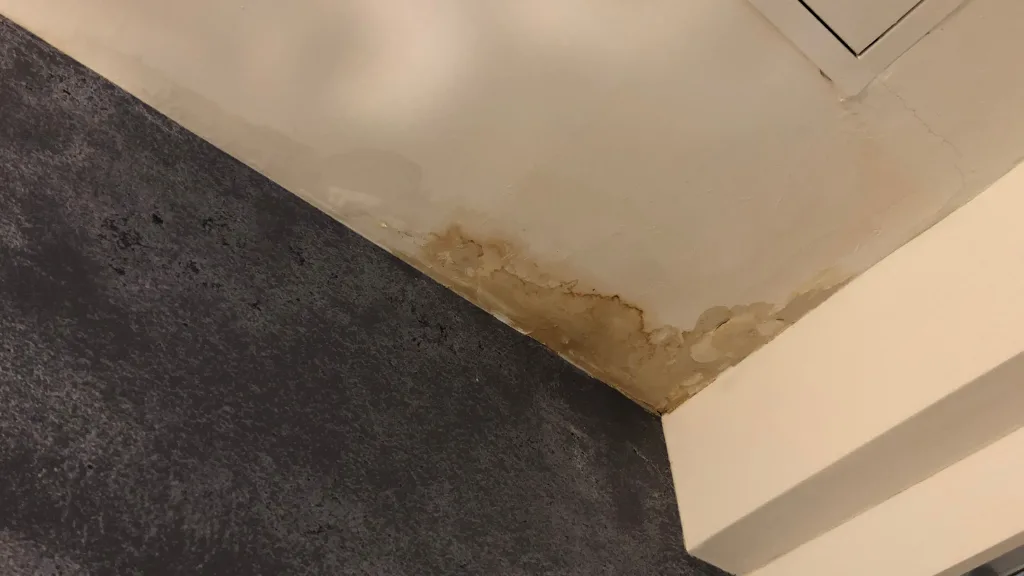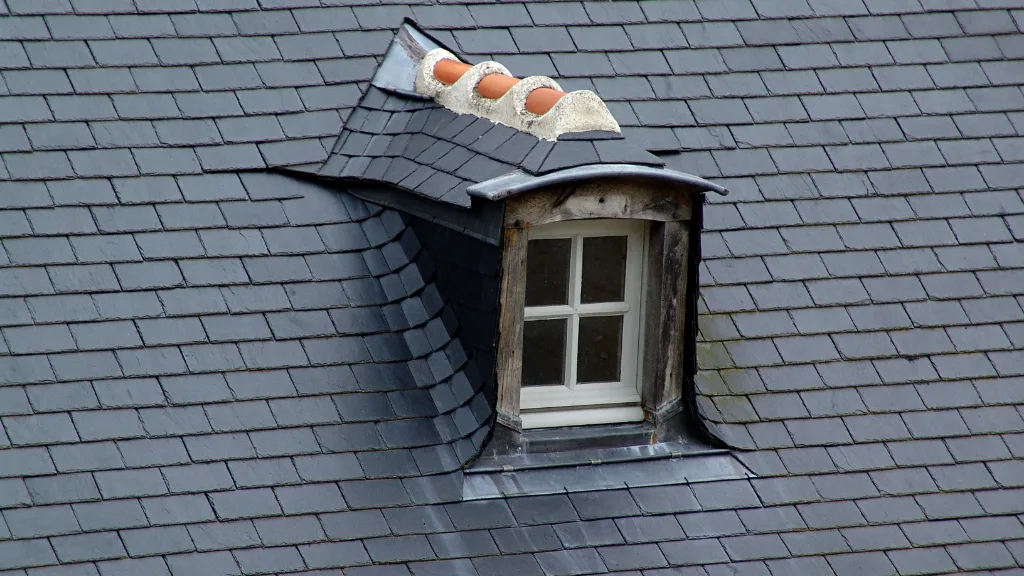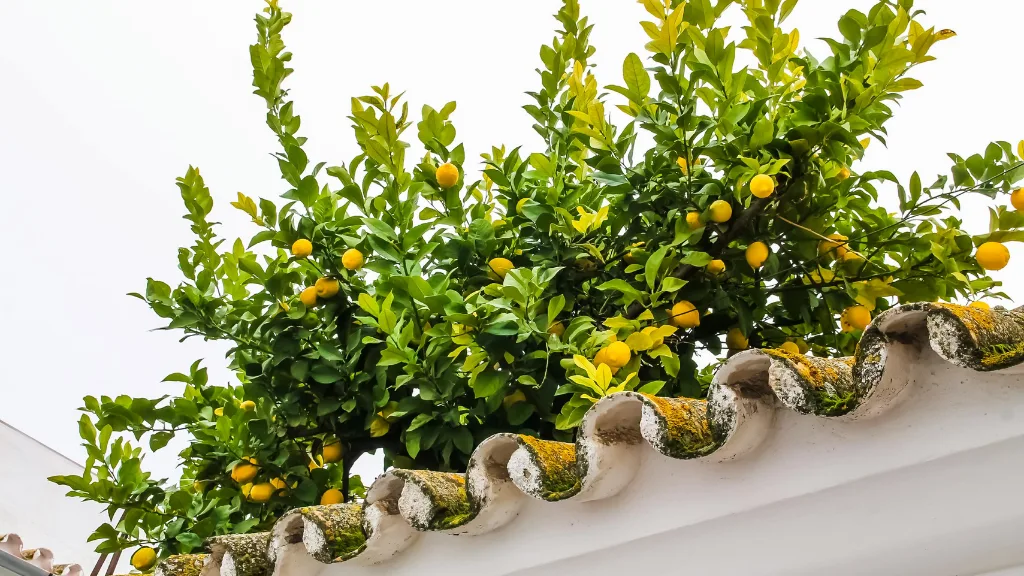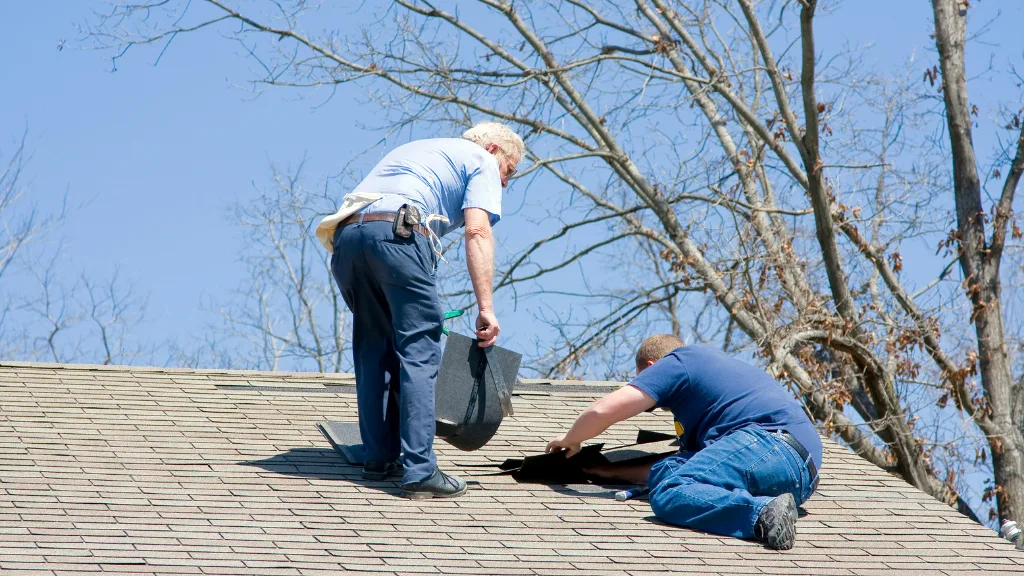
Roof leaks can cause significant damage to your home if left unaddressed. Identifying the source of the leak can be a challenging task, but it is crucial to prevent further water damage.
In this article, we’ll discuss six common roof leaks and how to repair them. We’ll cover the signs of a leaky roof, such as water stains and mold growth, and explore the most common sources of roof leaks, including damaged shingles, cracked flashing, and clogged gutters.
We’ll also provide step-by-step instructions on how to repair each type of roof leak, so you can tackle the issue before it causes any further damage. Whether you’re a homeowner or a contractor, our guide has got you covered with all the information you need to fix those pesky roof leaks.
So, let’s get started and learn how to repair the most common types of roof leaks!
Common Causes of Roof Leaks
If you’re dealing with a leaky roof, it’s important to identify the cause of the problem before attempting repairs. Here are some common causes of roof leaks:
Improper Installation
If your roof wasn’t installed properly, it could be prone to leaks. Improperly installed flashing, shingles, or other roofing components can allow water to seep through.
Make sure to hire a reputable roofing contractor to install your roof to avoid this issue.
Aging Roof
Over time, your roof can start to deteriorate and become more susceptible to leaks. UV exposure, extreme temperatures, and harsh weather conditions can all take a toll on your roof.
Regular maintenance and inspections can help catch and address issues before they become major problems.
Regular Maintenance
Regular maintenance is crucial for preventing roof leaks. Make sure to keep your gutters clean and free of debris to prevent clogs that can lead to leaks.
Trim back any overhanging tree branches that could damage your roof during storms. Schedule annual roof inspections to catch and address any issues before they turn into major leaks.
In addition to these common causes, there are several other factors that can contribute to roof leaks, such as cracked or broken shingles, damaged flashing, clogged gutters, and more.
If you’re dealing with a leaky roof, it’s important to address the issue promptly to prevent further water damage to your home.

6 Common Roof Leaks
As a homeowner, dealing with a leaky roof can be a frustrating and costly experience. Fortunately, most common roof leaks can be repaired without the need for a complete roof replacement.
In this section, we will discuss the six most common types of roof leaks and how to repair them.
Leaky Roof
A leaky roof is the most common type of roof leak. Water can enter your home through even the smallest of openings, such as cracks in the roof deck or around the chimney.
Wet spots or brown spots on your ceiling are often the first signs of a leaky roof.
To repair a leaky roof, you will need to locate the source of the leak. Start by inspecting your roof for any missing or damaged shingles, cracked shingles, or damaged flashing. If you cannot locate the source of the leak on your own, consider hiring a professional roofing contractor to perform an inspection.
Missing Shingles
Missing shingles are another common cause of roof leaks. High winds, storms, and improper installation can cause shingles to become loose or fall off altogether.
When shingles are missing, the roof deck is exposed to the elements, which can lead to leaks.
To repair missing shingles, replace the damaged shingles with new ones. Be sure to use the same type of shingles as the existing ones on your roof.
Cracked Shingles
Cracked shingles are often caused by age, UV exposure, or strong winds. When shingles are cracked, water can seep through the cracks and into your home.
To repair cracked shingles, replace the damaged shingles with new ones. Be sure to use the same type of shingles as the existing ones on your roof.
Damaged Flashing
Flashing is a thin strip of metal or rubber that is used to seal the joints on your roof. Damaged flashing can cause water to seep into your home through the roof joints.
To repair damaged flashing, remove the old flashing and replace it with new flashing. Be sure to use the same type of flashing as the existing flashing on your roof.
Clogged Gutters
Clogged gutters can cause water to overflow and seep into your home through the roof. Leaves, debris, and other materials can accumulate in your gutters and prevent water from flowing freely.
To repair clogged gutters, clean out your gutters regularly to prevent debris from accumulating. Consider installing gutter guards to prevent debris from accumulating in the first place.
Skylight Leaks
Skylights can add natural light and ventilation to your home, but they can also be a source of leaks. Improper installation, cracked or damaged skylights, and flashing issues can all cause skylight leaks.
To repair skylight leaks, start by inspecting the skylight for any cracks or damage. Replace any damaged skylights with new ones. Next, inspect the flashing around the skylight and repair any damage.
Finally, seal any gaps around the skylight with caulk or sealant.
By understanding the common causes of roof leaks and how to repair them, you can save yourself time and money in the long run. Regular maintenance and inspections can help prevent roof leaks from occurring in the first place.

How to Repair Roof Leaks
If you have a leaky roof, it’s important to address the issue as soon as possible to prevent further damage to your home. Here are some common types of roof leaks and how to repair them.
Leaky Roof Repair
If you have a leak in your roof, the first step is to identify the source of the leak. This can be done by inspecting your roof for any visible damage or by using a garden hose to simulate rain and see where the water is entering your home.
Once you have identified the source of the leak, you can repair it by:
- Applying roofing cement to the damaged area
- Covering the damaged area with a patch or flashing
- Replacing damaged shingles or tiles
Missing Shingle Repair
If you have missing or damaged shingles, this can cause leaks in your roof. To repair missing shingles, you can:
- Remove the damaged shingle
- Apply roofing cement to the area
- Install a new shingle in its place
Cracked Shingle Repair
If you have cracked shingles, this can also cause leaks in your roof. To repair cracked shingles, you can:
- Apply roofing cement to the cracked area
- Cover the cracked area with a patch or flashing
- Replace the damaged shingle

Flashing Repair
Flashing is the material used to seal joints and prevent water from entering your home. If your flashing is damaged or missing, this can cause leaks in your roof. To repair flashing, you can:
- Remove the damaged flashing
- Apply roofing cement to the area
- Install new flashing in its place
Gutter Cleaning and Repair
Clogged or damaged gutters can cause water to back up and enter your home. To clean and repair your gutters, you can:
- Remove any debris from your gutters
- Check for any damage to your gutters
- Repair any damage by applying roofing cement or replacing damaged sections
Skylight Leak Repair
If you have a skylight, this can also be a source of leaks in your roof. To repair a skylight leak, you can:
- Remove the cladding and flashing kit
- Apply an ice and water shield around the skylight
- Put the flashing kit back on to create a watertight seal
By following these tips, you can repair common types of roof leaks and prevent further damage to your home.

